Good morning, dear reader! We have a bit of a different post for you today — more reflective and less intentionally educational. I’m intrigued to see how this experiment resonates with you, so let me know what you think in the comments!
If you like The Luminist and want to help spread its message, tap the ♥️ or 🔁 button to help more people find it.
After visiting family in Houston, going to an idea conference in Munich, traipsing through countryside museums in Copenhagen,
the thing I’ll miss most from my two-week Empty Nester World Tour was the austere beauty of Greenland. Which is a surprise.
Greenland is a little… bleak. When I last visited in 2018, I was glad to get the work trip over with and return to the actual green land of Virginia. But this time, the vast emptiness of the space was a breath of fresh air. A place where I could just be and enjoy the act of being, without trying to fill that space with doing.
There is something about not having to do anything. No expectations, no should’s, no regrets. In Munich or Copenhagen, I felt like not visiting a museum or not walking the city was somehow squandering my time. In Greenland, when there was nothing to do, it was actually a pleasure.
I’ve found myself in a mental space much like Greenland. For the first time in my life, my future is wide open. I’m a 54-year-old widow, and there are no sanctioned, prescriptive, you-must-do-this-or-prove-that paths for the likes of us. There are no should’s… here or in Greenland.
Specifically, I was visiting the Pituffik US Space Base.
It's 750 miles north of the Arctic Circle and totally out of the ordinary human experience. Because most people (besides the Inuit) have never experienced land or days or climate like this, the location feels like it has a no rules, no framework, no norms for how to be and act. Things as basic as sleeping and eating schedules, running errands, hanging out with friends look entirely different here.
Very few human beings want to be stationed in Greenland. But I met a young Danish woman working at our base who loves it, who says she never wants to work anywhere else. She said she appreciates the simplicity of life and the closeness of the small community. In other words, she sees Greenland for what it has, not what it doesn’t have. She’s not trying to impose the norms — the should’s — of the rest of the world onto it. Societal norms on natural beauty (icebergs and tundra anyone?). Societal norms on what happy living requires (Malls! Movie theaters! Fancy cars! Whole Foods! Nail salons!).
We spend so much time trying to have what everyone else has and do what everyone else does, because if everyone has/does it, it must be a good idea (famous last words). Even in 2018, a year and a half after Mike’s death, I was still trying to figure out what came next. Notice the phrasing: not what I wanted to do next, but “what came next.” What I was supposed to do next.
Stepping onto Greenland was like stepping into a space where ‘supposed to’ had ceased to exist… and in 2018 I hated it. It didn’t feel productive enough — I had shit to do and Greenland was just sitting there silently, staring at me! And it was true, I had teenagers to raise, college saving accounts to fill, and an internal sense of security to rebuild from the ground up. With luck, stubbornness, and plenty of help, I did all of those things. And now I can see what Greenland the place and Greenland the inner state have to offer.
Mike’s death slingshotted me out of the mainstream storyline.
The safe orbit of the solar system where I knew what to expect and what came next and what counted as “successful” was in a moment all out of reach.
It took a massive amount of effort to get back on my proverbial feet, but now that I have… holy smokes. It’s like I’ve re-oriented my life to my own center of gravity (because I had to), while so many are still orbiting some ideal of a perfect life, falling into it but never quite reaching it. Not me. I no longer have a Sun of expectations, drawing me towards it.
This is the first time in my life where I don’t know what comes next. I can gather experiences, make connections, grow, and change without an objective or outcome. Without a metric for “success”. I can plan less. I can surrender more. I can just enjoy the continued journey of transformation. I can explore what it means to be a human in this world — to be me.
It’s like I was laying on the ground, and the police drew a chalk outline around my body. The death of old me. Now, in a dreamlike state, I’m standing up and looking down at that empty chalk line, thinking, “Who was that, that very defined person? I don’t even recognize that one-dimensional representation of me! I am not defined that way anymore.”
It’s hard to not just throw a million metaphors down on the page. Because this feeling is visceral rather than intellectual. I am free in a way I didn’t know I could be.
The light in Greenland is the same way.
Even with another million metaphors, I couldn’t impart its clarity and simultaneous mysticism to you through these clunky words.
Which is actually refreshing. I don’t have to turn it into a question to be answered — ie “why do I feel this beauty?”
I can just let it wash through me like an electrical current or however the hell it feels when we are moved. I’ve made enough space between the molecules of my body between 2018 and 2023 that this mysterious force can then take up that empty space and make me feel something. Something grand and majestic and undefinable.
It’s like the “question” or even “problem” of my future. What now? I don’t have to answer that question. I can just let the feeling of spaciousness move me, and see where I end up.
In possibility,
If you resonated with this post and want more, check out these:
Post #3: What are we actually afraid of? Why dissecting our fears around death & dying is key to living a better life.
Post #11: Restoring the magic of time. How stepping (or being shoved) off the hamster wheel helps us reclaim our sense of possibility, serendipity, and flow.
Post #17: Mystery is my religion. We can’t escape chaos. But we can reframe it.
Post #24: Skin in the game. Relying on our senses to get us out of our head and into our lives.
Post #35: Enough waiting to “rest in peace.” Appreciating the good things in life while we’re still around to do it.


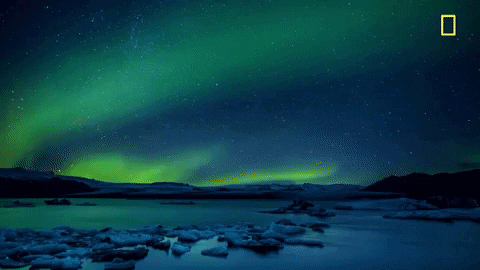

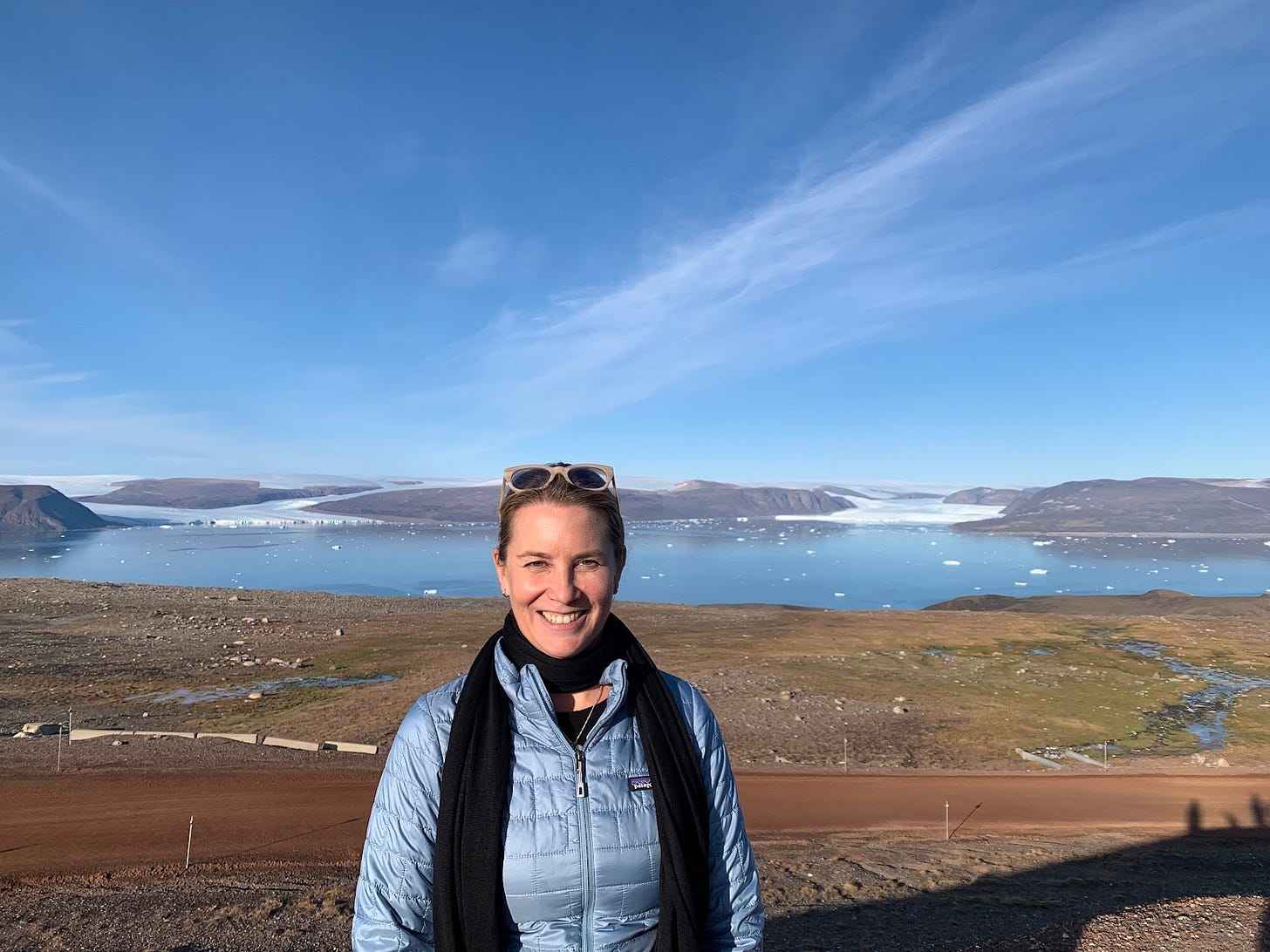
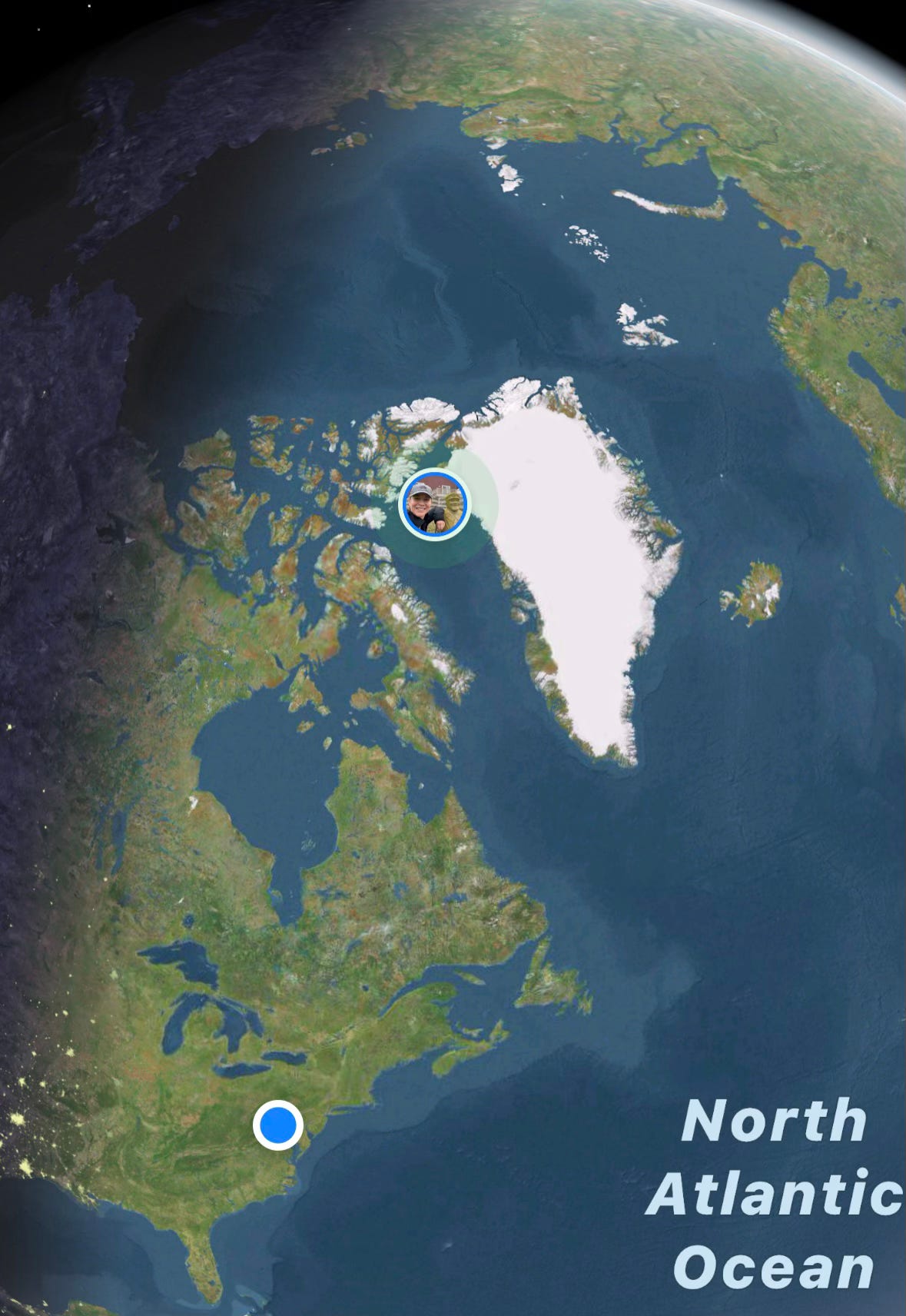
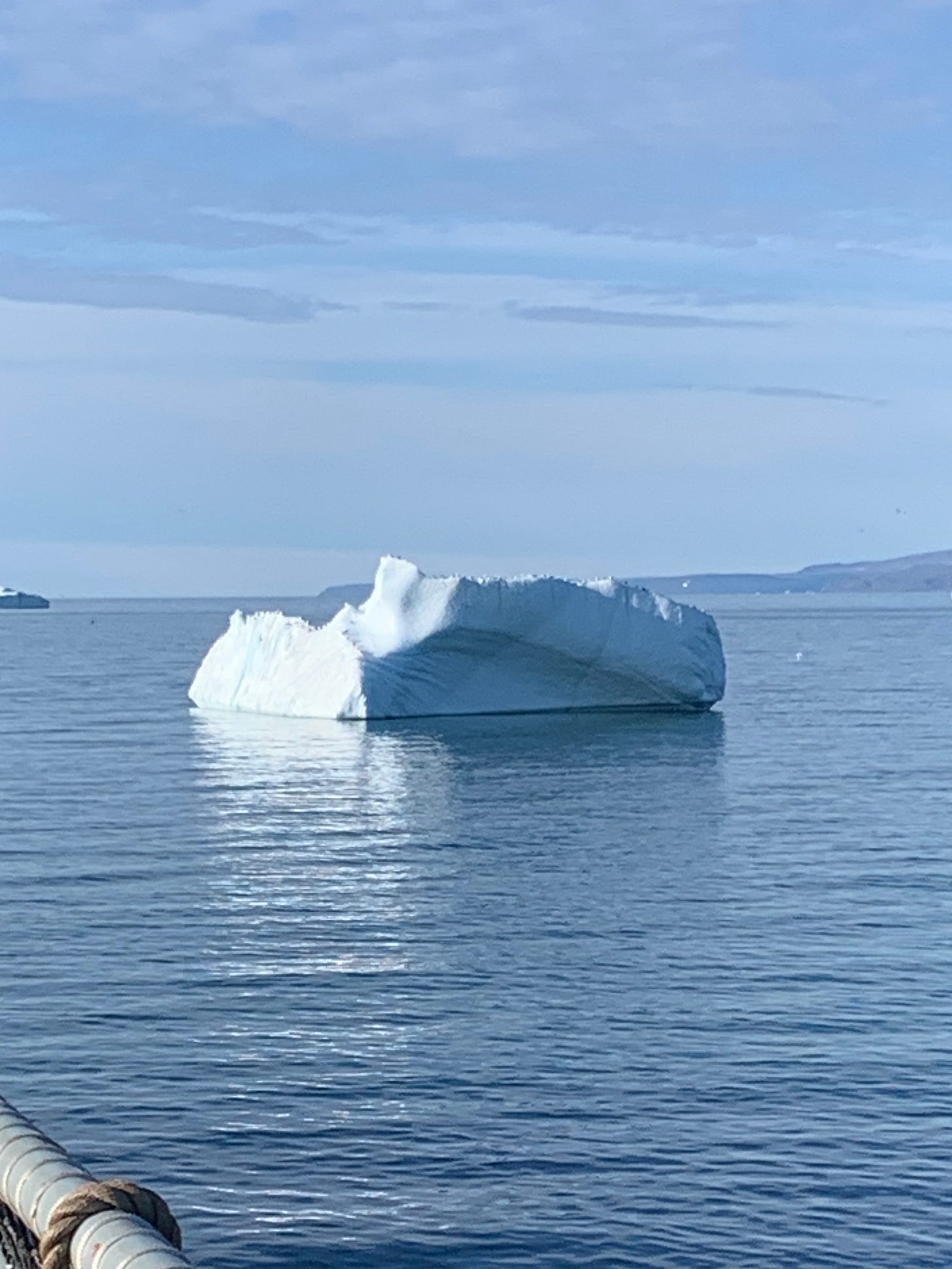
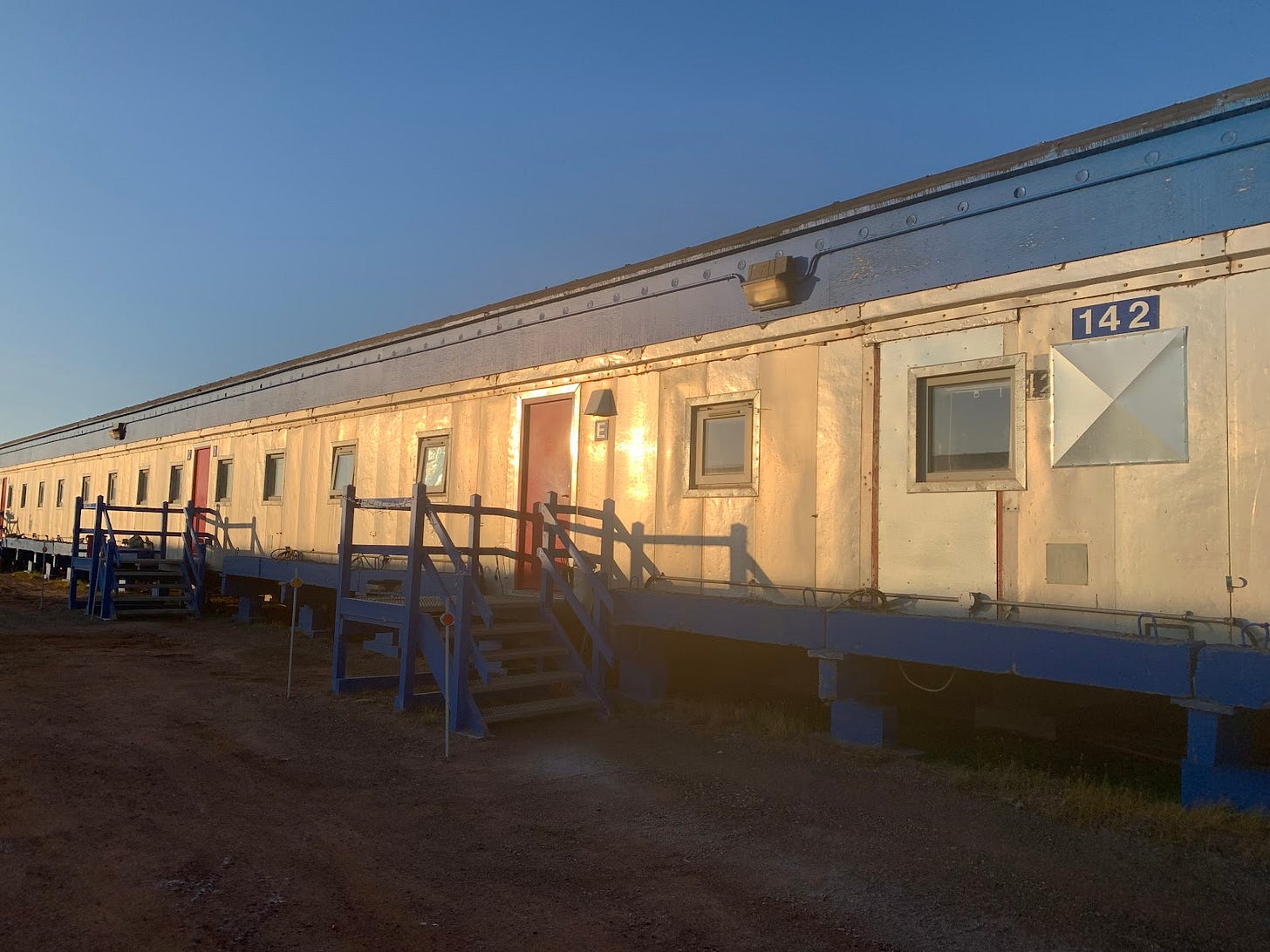


Thank you for this, Sue. Greenland is the clean slate. It’s the state of being where no preconceived notions, expectations, self-imposed restrictions can exist. It’s the clean sheet of paper, empty Word document, blank canvas waiting for new expression, new words, new colors. My slate is slowly being wiped clear of what filled it before Phil passed. It’s at the same time hard to see its starkness but hopeful in its simplicity. Watching my kids spin off into their own amazing lives, as I work to reconfigure my own. It’s a place I didn’t plan to visit, but nevertheless, here I am.
Sue, not to distract your "mojo", or the wonderful direction you writing and thoughts has brought you to, but i got this email today and wanted to share it to you. Mark Bittman is a food writer for the NY Times, or used to be, i think he freelances now.
Anyway, i have not read this yet, and do not even know if it is by a women or man, but i am thinking it is a woman as the author, ( i saw the author made tea, how sexist is that, pretty good on my end, just kidding. )
I can relate to you and your Luminist, as you are involved in a working life, and I think this woman is not working while this occurred, but i have to read it.
On Heartbreak, Making Tea, and the Power of Plants
Mark Bittman <bittmanproject+beyond-the-kitchen@substack.com>
Stephenmaleen@hotmail.com
Forwarded this email? Subscribe here for more
The Bittman Project is supported by its wonderful readers. Want access to every recipe we publish, every solution we come up with, and all of our charm and wit? Consider becoming a member!
On Heartbreak, Making Tea, and the Power of Plants
The natural world contains many remedies, if you know where (and how) to look
ANDREA BUSSELL
SEP 28
∙
PREVIEW
∙
GUEST POST
READ IN APP
The forest where Andrea lived in County Kerry, Ireland. Photo: Andrea Bussell
A few years back, I went through a heartbreak so brutal it hurled me into temporary insanity, a kind of madness that brought every other loss I’d ever experienced screaming to the surface. The pain had me doing and believing things I normally wouldn’t. Like booking long-distance reiki sessions with an energy healer from Australia and tarot card readings with a medium in Florida. I bought blocks of rose quartz to place all over my apartment, read books about attachment theory, and did “cord cutting” rituals nightly. I sat with a psychological astrologer from LA on Zoom who acknowledged, as I wept, that even the stars charted my misery. “For you,” she explained, “love has never been easy.” I’d hoped she could tell me something I didn’t already know.
Photo: Getty Images
I spoke to a famous Mexican curandera in Santa Fe. A shaman and medicine woman, she promised to purify my aura with smoke if I could get to New Mexico at some point. In the meantime, she prescribed placing stones and crystals with essential oils on my chakras. “I will send you a mantra by email,” she instructed, “chant it 21 times per day.” Astrology and divination were one thing, but this was another: decidedly not my style.
“And nettles,” she continued, “you need nettles every day.”
I was to combine them with a handful each of rose petals and oat straw in boiling water, let the mixture steep overnight, then drink it throughout each day for three months. “It will heal your heart and bring you clarity,” she assured me. “Oat straw will strengthen your nervous system. Rose will help you release feelings of guilt and restore your faith in yourself.”
There was some science and reason in this. I knew that nettle, a wild-growing herbaceous plant, had been used for centuries to treat a variety of ailments. Its seeds, leaves, stems, and roots are anti-inflammatory and analgesic; rich in vitamins, minerals, and antioxidants too. If drinking them meant there was any chance of getting on with my life, I would make infusions. I started to blend my own antidote every night. It was some form of consistency in the throes of grief, even if I didn’t feel better in the interim.
Not long after, a sequence of additional losses left me completely uprooted. The only thing that made sense to me at all was the wild idea of disappearing so far into nature I’d forget everything. I bought a one-way ticket to rural Ireland, and I ran—from New York City to a mountain in a 600-acre forest in County Kerry. There, in the solitude of tiny, rustic quarters, I was more alone than I’d ever been. With intermittent phone service and pretty horrible WiFi, the only thing I could do was cry. Or go outside.
County Kerry woodland. Photo: Andrea Bussell
During that time, I became fully immersed in the landscape around me. When savage insomnia made me claustrophobic indoors, I slept outside on heather-strewn hills, and woke to sunrise over the valley. When my heartache was at its worst, I swam in cold streams to shock myself into the present or climbed surrounding mountains to remember my strength. I wandered ancient forests and moon bathed under stars, letting nature de-armor my senses after so many years of city life.
A lot of the plants that grew in the region were new to me. Drawn to them, I studied their attributes—learning their names, how to identify them, and their significance in the indigenous medicine traditions of the land’s ancestors, the Celts. Niall Mac Coitir’s book Ireland’s Wild Plants describes how they’ve been an inextricable part of the country’s culture and folklore from the earliest times, appearing in the ancient Brehon Laws and the early nature poetry the nation is known for. Many were edible or medicinal in addition to being used to ward off evil or inspire good fortune. “People’s lives were influenced and dependent on the wild plants around them, in a way that we can barely imagine today,” Coitir explains.
Meadowsweet, vervain, honeysuckle. Photos: Instagram/@howthforaging_nicole, @pauldlorentz, @deeoconnor.soundhealer
An animist culture, the ancient Celts believed that plants—and all natural things—had distinct spirits or souls. Unlike other cultures, where plants might merely symbolize some virtue or attribute, to the Celts the plants actually contained those qualities. A rose, for instance, wasn’t just a symbol of love, it held love and all its characteristics within. Touching a plant was enough to absorb its essence through the skin.
Druids—the highly respected wisdom keepers and healers of Celtic society—used herbs, flowers, shrubs, and trees with this belief in mind. One practice in their early form of herbalism was to gather dew from various plants in the early morning hours to extract their healing properties. And, they made tea: either as an infusion (pouring boiling water over plants to steep) or a decoction (boiling plant material in water while covered). The Royal College of Physicians of Edinburgh describes Celtic medical treatments involving tea made from wild garlic for bladder stones; tansy for stomach complaints; or common speedwell for anything from respiratory disease to arthritis and more. Water alone, especially from certain rivers or wells, was highly regarded for its medicinal qualities. When imbued with a plant’s essence, it became an even more potent cure. My nightly ritual of making the curandera’s tonic took on new meaning with this knowledge.
Mountain bramble. Photo: Andrea Bussell
I was increasingly connecting with the natural world around me. Just outside my door, chamomile daisies grew everywhere on hillsides. Verdant wood sage dotted the edges of the forest. Pink-blooming vervain thrived in nearby meadows and on riverbanks. I started bringing handfuls home. If—as the lore would have me believe—they really did contain gentleness, wisdom, and healing, I might as well see what happened. I collected spruce tips and wild mint too, bramble leaves and birch twigs, red clover, dandelion, and yarrow to steep in spring water from the mountains. Somewhere, I started to feel connected to that place and the traditions of its people, while unwittingly planting the seeds of a new life...